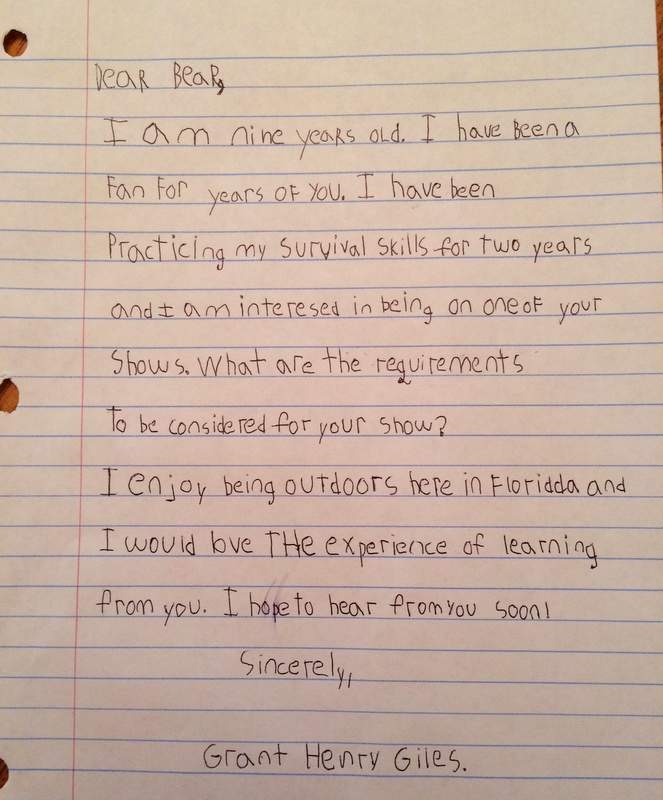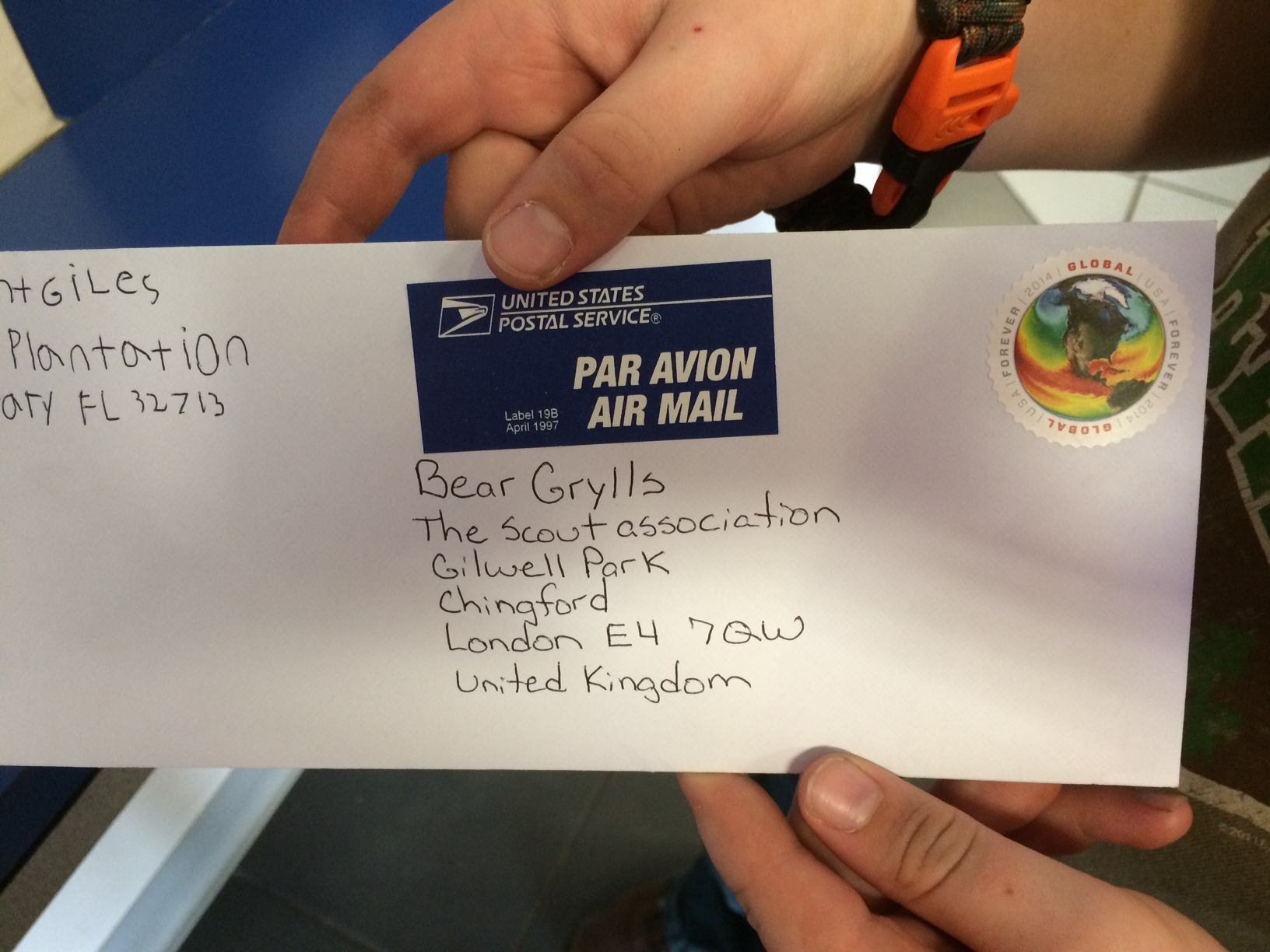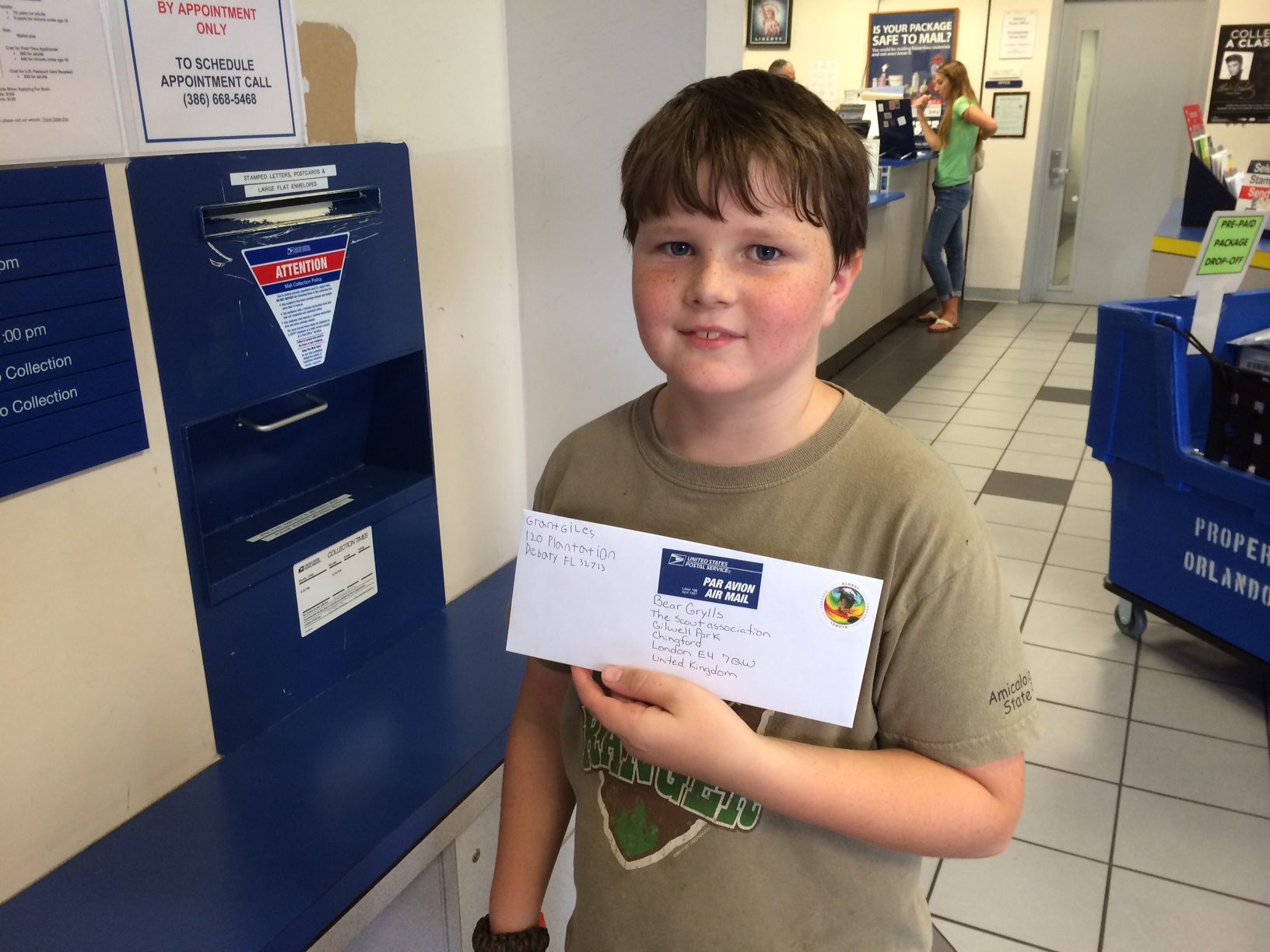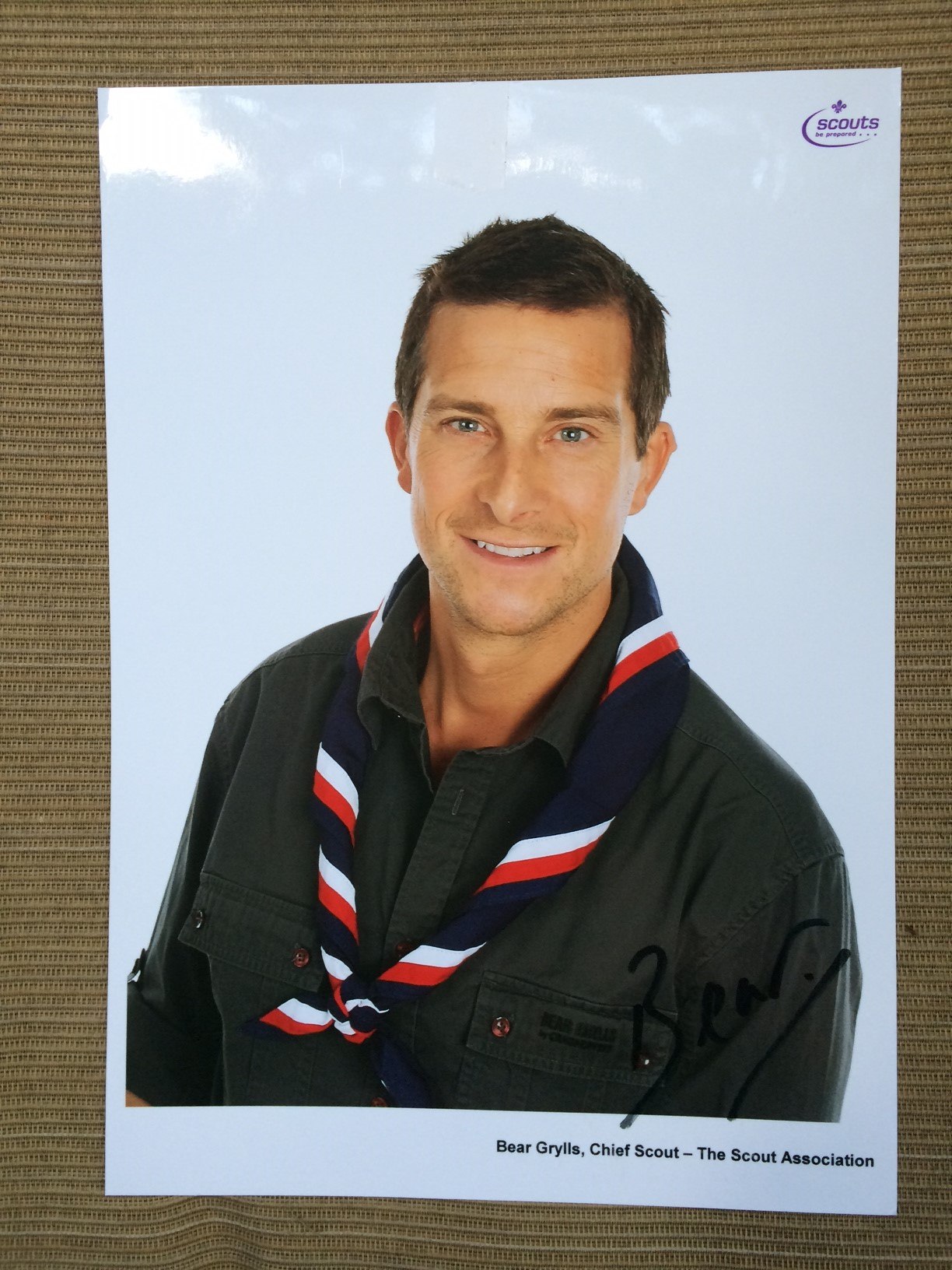
As an Amazon Associate, I may earn commissions from qualifying purchases from Amazon.com
Bear Grylls
Grant was nine when Bear Grylls became a person of interest. He was all about survival techniques and everyday carry packs. Grant enjoyed watching Bear Grylls’s shows and learning from his expertise.
Home education for us is more of a lifestyle. For example, we weave learning into our daily lives. And into what our children are interested in. Moreover, immersion learning works for us. Grant’s interests were all about hiking, packing, and survival training. If I couldn’t find him, he was in his room-filling his backpack with necessities for hiking in the wilderness or the backyard.
My education philosophy is to use what is available and that interests my children. Therefore, Grant decided he wanted to contact Bear Grylls. And tell him how much he wanted to be on his show. Also, he was a pretty good survivalist. Great, language arts, handwriting, and spelling were involved in writing the letter.
What he did
- First Grant looked up Bear online to find an address to send a letter to.
- He discovered that Bear was a leader in the British version of Boy Scouts.
- Grant found an address and was ready to write.
Then, Grant sat down, and together we made an outline of what he wanted to write in his letter. Next, he wrote it out with a little help with spelling. He was so enthusiastic about communicating with Bear that to him, this was not a lesson or learning. After the letter, the envelope was filled out. The address was in a different country so that was a lesson in why it was different than a normal lesson.

Geography
We looked upon a map of where Bear’s location was. Then, we talked about how far the letter would go. A trip to the post office was next to send the letter on its way. Grant learned that the letter was international and “par avion” was stamped on his envelope meaning air mail. The postage costs more than average because of the distance.

Waiting was the hardest part. I told Grant that Bear was a busy man and that he might not get a reply. His eagerness to hear from Bear was going to be crushed if he didn’t get a reply.
It was four weeks later when a large envelope arrived. Inside was a signed photograph of Bear Grylls and a flyer on his British Boy Scouts. Grant was ecstatic! He could not stop grinning. Even though it was not a personal letter, it meant the world to him.

How can you have a Bear Grylls?
Immersion learning is all about real life. Pull out the key bits of learning that mean something to your child. Generally, worksheets, words, and sentence structure don’t sink in or mean anything to the average child. Yet when you pair it with an activity that has them on the edge of their seat with excitement, the brain connects.
- What are your children excited about?
- How can you pull nuggets of learning, in an easy way, into their exploration?
- Don’t go overboard. The learning activity should follow the natural order of what is happening.
- Put aside the textbooks and fully immerse your child in this adventure.
- Show enthusiasm even if the activity is not interesting to you or you know it will not turn out well.
- Letting your child soar, even if they fall, it builds confidence and self-reliance.
Give immersion learning a try in your home. The lasting effects can build on core foundations of learning without the need for paper proof. Studies show that retention is more significant in a hands-on, student-driven environment.

